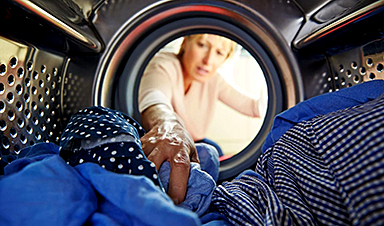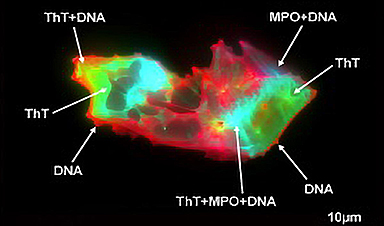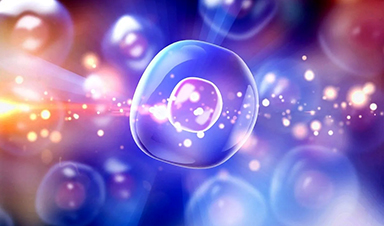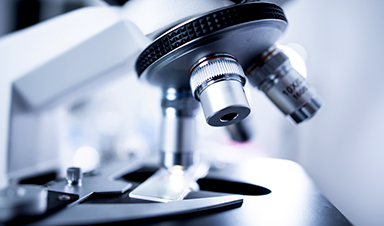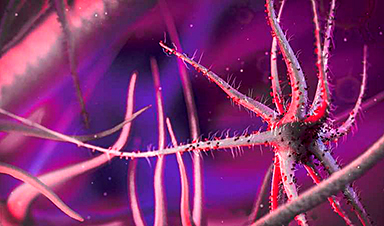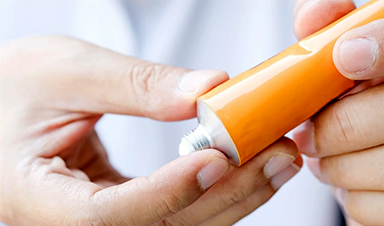A new study reveals that biofilms in washing machines may contain potential pathogens and antibiotic resistance genes, posing possible risks for laundering healthcare workers' uniforms at home.
Washing healthcare uniforms at home could be inadvertently aiding the spread of antibiotic-resistant infections within hospitals, according to new research led by Katie Laird of De Montfort University. The findings were recently published in the open-access journal PLOS One.
Hospital-acquired infections remain a serious public health issue, partly because they often involve bacteria resistant to antibiotics. While many healthcare professionals launder their uniforms at home using conventional washing machines, previous research has shown that clothing can serve as a vehicle for bacterial transmission. This raises concerns about whether home washing methods are sufficient to eliminate harmful pathogens.
In this new study, researchers tested six different models of domestic washing machines by laundering fabric swatches contaminated with bacteria under both rapid and standard hot-water cycles. Results showed that 50% of the machines failed to effectively disinfect the samples during the rapid cycle. Alarmingly, one-third also failed to fully decontaminate the fabrics even during the longer, standard wash cycle.
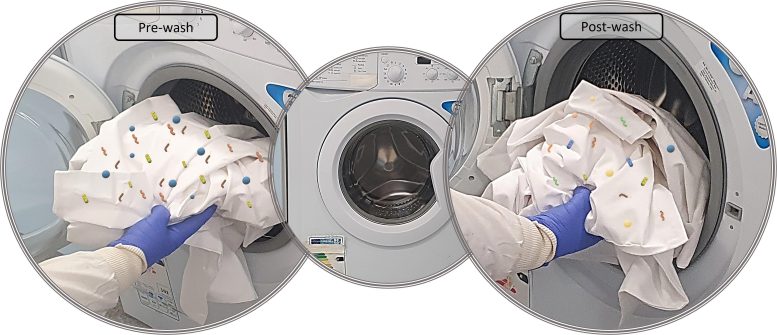
Dangerous Biofilms and Hidden Resistance
The team also sampled biofilms from inside 12 washing machines. DNA sequencing revealed the presence of potentially pathogenic bacteria and antibiotic resistance genes. Investigations also showed that bacteria can develop resistance to domestic detergent, which also increased their resistance to certain antibiotics.
Together, the findings suggest that many home washing machines may be insufficient for decontaminating healthcare worker uniforms, and may be contributing to the spread of hospital-acquired infections and antibiotic resistance. The researchers propose that the laundering guidelines given to healthcare workers should be revised to ensure that home washing machines are cleaning effectively. Alternatively, healthcare facilities could use on-site industrial machines to launder uniforms to improve patient safety and control the spread of antibiotic-resistant pathogens.
The authors add: "Our research shows that domestic washing machines often fail to disinfect textiles, allowing antibiotic-resistant bacteria to survive. If we're serious about transmission of infectious disease via textiles and tackling antimicrobial resistance, we must rethink how we launder what our healthcare workers wear."
Reference: "Domestic laundering of healthcare textiles: Disinfection efficacy and risks of antibiotic resistance transmission" by Caroline Cayrou, Katie Silver, Lucy Owen, Jake Dunlop and Katie Laird, 30 April 2025, PLOS ONE.
DOI: 10.1371/journal.pone.0321467
This research was funded by De Montfort University and the Textile Services Association.
News
New technique overcomes technological barrier in 3D brain imaging
Scientists at the Swiss Light Source SLS have succeeded in mapping a piece of brain tissue in 3D at unprecedented resolution using X-rays, non-destructively. The breakthrough overcomes a long-standing technological barrier that had limited [...]
Scientists Uncover Hidden Blood Pattern in Long COVID
Researchers found persistent microclot and NET structures in Long COVID blood that may explain long-lasting symptoms. Researchers examining Long COVID have identified a structural connection between circulating microclots and neutrophil extracellular traps (NETs). The [...]
This Cellular Trick Helps Cancer Spread, but Could Also Stop It
Groups of normal cbiells can sense far into their surroundings, helping explain cancer cell migration. Understanding this ability could lead to new ways to limit tumor spread. The tale of the princess and the [...]
New mRNA therapy targets drug-resistant pneumonia
Bacteria that multiply on surfaces are a major headache in health care when they gain a foothold on, for example, implants or in catheters. Researchers at Chalmers University of Technology in Sweden have found [...]
Current Heart Health Guidelines Are Failing To Catch a Deadly Genetic Killer
New research reveals that standard screening misses most people with a common inherited cholesterol disorder. A Mayo Clinic study reports that current genetic screening guidelines overlook most people who have familial hypercholesterolemia, an inherited disorder that [...]
Scientists Identify the Evolutionary “Purpose” of Consciousness
Summary: Researchers at Ruhr University Bochum explore why consciousness evolved and why different species developed it in distinct ways. By comparing humans with birds, they show that complex awareness may arise through different neural architectures yet [...]
Novel mRNA therapy curbs antibiotic-resistant infections in preclinical lung models
Researchers at the Icahn School of Medicine at Mount Sinai and collaborators have reported early success with a novel mRNA-based therapy designed to combat antibiotic-resistant bacteria. The findings, published in Nature Biotechnology, show that in [...]
New skin-permeable polymer delivers insulin without needles
A breakthrough zwitterionic polymer slips through the skin’s toughest barriers, carrying insulin deep into tissue and normalizing blood sugar, offering patients a painless alternative to daily injections. A recent study published in the journal Nature examines [...]
Multifunctional Nanogels: A Breakthrough in Antibacterial Strategies
Antibiotic resistance is a growing concern - from human health to crop survival. A new study successfully uses nanogels to target and almost entirely inhibit the bacteria P. Aeruginosa. Recently published in Angewandte Chemie, the study [...]
Nanoflowers rejuvenate old and damaged human cells by replacing their mitochondria
Biomedical researchers at Texas A&M University may have discovered a way to stop or even reverse the decline of cellular energy production—a finding that could have revolutionary effects across medicine. Dr. Akhilesh K. Gaharwar [...]
The Stunning New Push to Protect the Invisible 99% of Life
Scientists worldwide have joined forces to build the first-ever roadmap for conserving Earth’s vast invisible majority—microbes. Their new IUCN Specialist Group reframes conservation by elevating microbial life to the same urgency as plants and [...]
Scientists Find a Way to Help the Brain Clear Alzheimer’s Plaques Naturally
Scientists have discovered that the brain may have a built-in way to fight Alzheimer’s. By activating a protein called Sox9, researchers were able to switch on star-shaped brain cells known as astrocytes and turn them into [...]
Vision can be rebooted in adults with amblyopia, study suggests
Temporarily anesthetizing the retina briefly reverts the activity of the visual system to that observed in early development and enables growth of responses to the amblyopic eye, new research shows. In the common vision [...]
Ultrasound-activated Nanoparticles Kill Liver Cancer and Activate Immune System
A new ultrasound-guided nanotherapy wipes out liver tumors while training the immune system to keep them from coming back. The study, published in Nano Today, introduces a biodegradable nanoparticle system that combines sonodynamic therapy and cell [...]
Magnetic nanoparticles that successfully navigate complex blood vessels may be ready for clinical trials
Every year, 12 million people worldwide suffer a stroke; many die or are permanently impaired. Currently, drugs are administered to dissolve the thrombus that blocks the blood vessel. These drugs spread throughout the entire [...]
Reviving Exhausted T Cells Sparks Powerful Cancer Tumor Elimination
Scientists have discovered how tumors secretly drain the energy from T cells—the immune system’s main cancer fighters—and how blocking that process can bring them back to life. The team found that cancer cells use [...]
